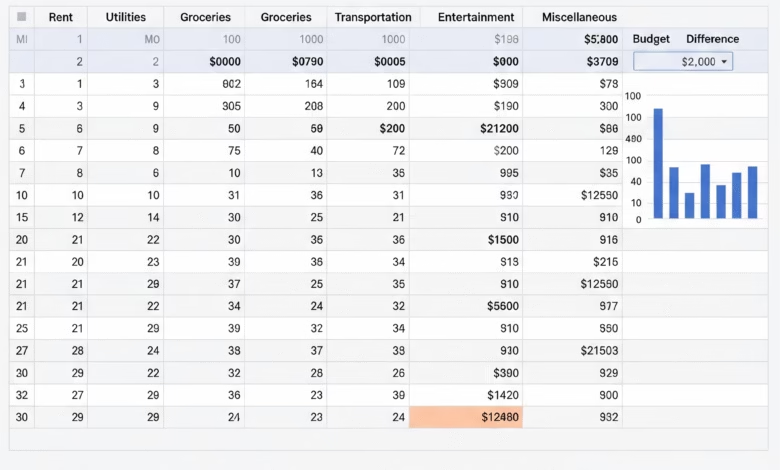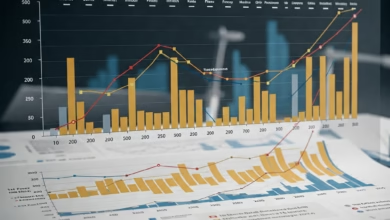Annual insurance or monthly insurance: which is more worthwhile?
Find out which insurance plan is best for your pocket

When you buy an insurance policy—whether it’s for your car, home, or life—one of the first decisions you’ll make is how to pay for it. The choice typically boils down to two options: paying your premiums monthly or paying them annually in a single lump sum. This seemingly simple choice can have a significant impact on your finances, from the total amount you pay to your monthly budget.
In this comprehensive guide, we’ll dive deep into the pros and cons of both monthly and annual insurance payments. We’ll help you understand the hidden costs of one method and the potential savings of the other. By the end, you’ll have all the information you need to make a smart, informed decision that aligns with your financial goals and lifestyle.
The Case for Annual Insurance Payments: Saving Money and Simplifying Your Life

Paying for your insurance in one annual lump sum is often the more financially savvy option. While it requires a larger upfront payment, it offers several key advantages that can save you money and simplify your financial life.
The Power of Discounts
The most significant benefit of paying annually is the premium discount. Insurance companies love predictable, consistent cash flow. To encourage this, they often reward customers who pay for the entire year upfront with a discount on their total premium. This discount can range from a few percentage points to over 10%, which can add up to a substantial amount of money over time.
For example, if your annual car insurance premium is $1,800, paying it monthly might cost you $150 per month. However, a 5% discount for paying annually would bring your total cost down to $1,710, saving you $90 per year. Over a decade, that’s $900 in savings, just by changing your payment schedule.
No Hidden Fees
When you pay monthly, you’re often paying more than just a prorated portion of your annual premium. Many insurance companies charge processing fees or installment fees for each monthly transaction. These fees, while small on their own (e.g., $3 to $5 per payment), can accumulate over a year, significantly increasing your total cost.
By paying annually, you completely avoid these extra charges. This means the price you see is the price you pay, with no additional fees tacked on throughout the year.
Financial Peace of Mind
Paying for your insurance once a year can also reduce your financial stress. You make one payment and you’re covered for the next 12 months. You don’t have to worry about missing a monthly payment, which could lead to a lapsed policy, fines, or even a cancellation. This is especially helpful if your income is irregular or if you just want to simplify your budget by having one less bill to worry about each month.
The Case for Monthly Insurance Payments: Budget-Friendly and Flexible
While annual payments may save you money, monthly payments are the more popular choice for a reason. They offer a level of flexibility and budget management that works for many people.
Budget-Friendly and Accessible
The most obvious advantage of monthly payments is that they are much easier to fit into a tight budget. For many people, a large lump-sum payment of several hundred or even thousands of dollars isn’t feasible. Monthly payments break down the cost into smaller, more manageable chunks. This makes it easier to afford the insurance you need without having to dip into savings or go into debt.
No Large Upfront Cost
If you’re a new driver, a homeowner just starting out, or you have a high premium for any reason, the upfront cost of an annual payment can be prohibitive. Monthly payments eliminate this barrier, allowing you to get the coverage you need without a major financial hit right away. This is crucial for maintaining continuous coverage and avoiding the risks of being uninsured.
Easier to Switch Providers
While not always the case, paying month-to-month can sometimes make it feel easier to switch insurance companies if you find a better deal. You’re not locked into a full year’s payment. If you decide to cancel your policy, you simply stop paying at the end of the month, or you may be entitled to a refund for any unused days on a prorated basis.
The Hidden Costs: Why Monthly Payments Can be a Trap

While the monthly payment option seems convenient, it’s important to be aware of the true cost. The fees and lack of discounts mean you are essentially paying extra for the convenience of breaking up your payments. This difference is often referred to as a “convenience fee” or an “installment fee,” even if it isn’t explicitly named as such.
Think of it like this: if you could save $100 per year by paying upfront, that’s the equivalent of earning a risk-free return on your money. The only reason to pay monthly is if you absolutely can’t afford the lump sum or if the difference is so small it doesn’t justify tying up the cash. For many, that’s a small price to pay for financial flexibility.
How to Make the Best Choice for Your Situation
Choosing between monthly and annual payments is a personal decision based on your financial situation. Here’s a simple guide to help you decide:
Consider an Annual Payment if:
- You have a healthy emergency fund: You have enough liquid savings to comfortably pay the lump sum without straining your budget.
- You want to save money: The premium discount and lack of fees will lower your overall cost.
- You’re a long-term planner: You prefer to get bills out of the way and not worry about them for an entire year.
- You have a stable income: You’re confident in your ability to cover a large, one-time expense.
Consider a Monthly Payment if:
- Your budget is tight: You can’t comfortably afford the large upfront cost.
- You’re living paycheck to paycheck: Breaking down the cost is necessary to maintain cash flow.
- You’re unsure about the policy: You want the flexibility to cancel or switch insurers more easily without worrying about a large refund.
- You’re a new policyholder: It’s an easy way to get covered without a major financial commitment.
The Verdict: The Smart Money Choice is Annual

For those who are financially stable and have the cash flow, the clear winner is the annual payment. The savings from discounts and the elimination of fees make it the more cost-effective option in the long run. It’s a simple financial hack that puts money back in your pocket.
However, that doesn’t mean monthly payments are “bad.” They are a vital tool for making insurance accessible to everyone. The most important thing is to have insurance coverage in the first place, regardless of how you pay for it. If monthly payments are what you need to stay protected, then they are absolutely worth it.
Ultimately, the best choice is the one that keeps you insured, on budget, and provides you with peace of mind. By weighing the costs and benefits of both options, you can make a choice that protects your financial future without causing unnecessary stress.





